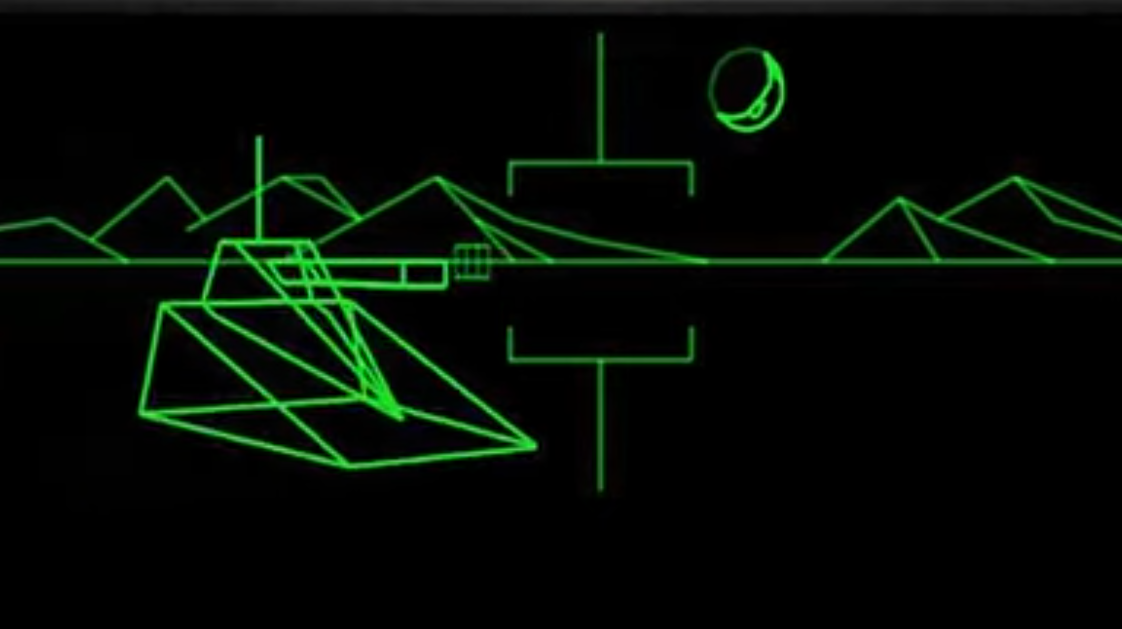DIP Switches: The Unseen Game Changers of Classic Arcades
DIP (Dual In-line Package) switches, often tucked away inside classic arcade game cabinets, were a fundamental part of the gaming experience in the golden age of arcades. These small switches were the successor to the ‘jumper switches’ found in older arcade machines and played a key role in customizing and adjusting game settings in a pre-digital era.
DIP switches consist of tiny manual switches packed into a small unit. They were commonly used in arcade machines to configure game settings. This could include adjusting the game difficulty, changing the number of lives a player starts with, or modifying the points needed for a bonus life. Each switch on a DIP switch bank represented a binary choice, essentially ‘on’ or ‘off’, allowing for a variety of configurations. The board and switches for the game Operation Wolf can be seen in this article.

These switches offered arcade operators the flexibility to adapt games according to the audience and location. For instance, a machine in a busy shopping center might be set to a higher difficulty to encourage more coin insertions, while one in a local diner might be set to a lower difficulty to provide longer play sessions and ensure customer satisfaction.
Configuring a game using DIP switches was a matter of understanding the specific settings for each game, often documented in the game’s manual. Changing these settings required physical access to the machine’s internals, a task typically reserved for technicians or arcade operators.
As technology evolved, DIP switches were gradually replaced by software-based configuration systems, providing more flexibility and ease of use. However, their legacy remains significant in the world of gaming. They represent a time when game customization was as much a mechanical process as a digital one, bridging the gap between the physical and virtual worlds of gaming.
DIP switches in old arcade games were more than just components; they were integral to the personalized gaming experiences of the era. They remind us of the hands-on, mechanical aspects of early gaming technology, and their influence can still be felt in modern gaming’s emphasis on customizable experiences.




